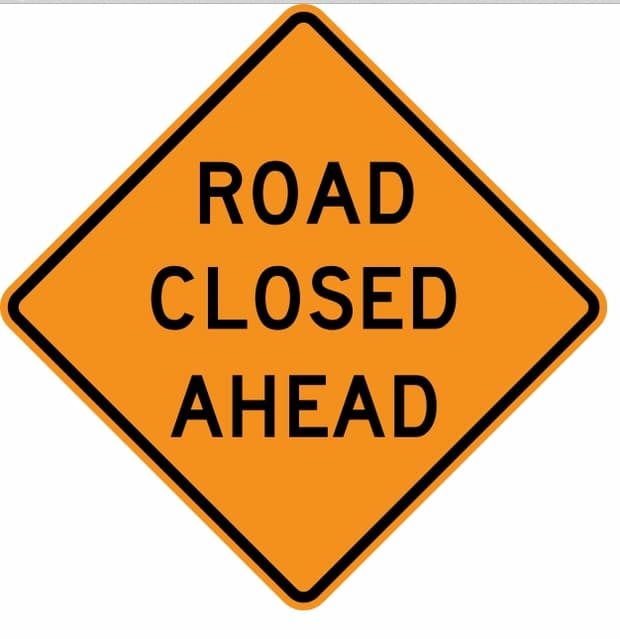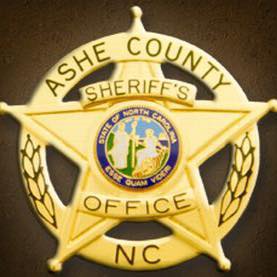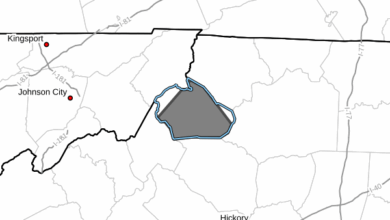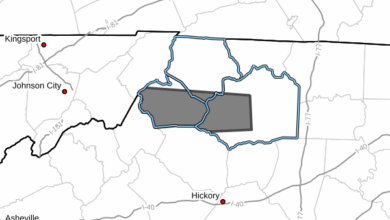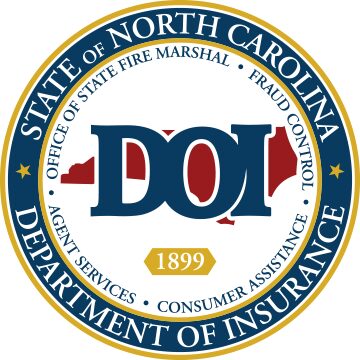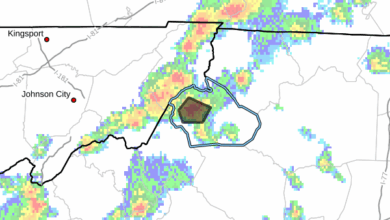Last Updated on August 17, 2015 3:02 pm
In North Carolina, over 14,000 school buses travel our highways daily transporting children to and from school. Most motorists that meet school buses on the state?s highways actually stop as required by North Carolina law. However some do not. The results can be tragic. Since 1999, thirteen children in North Carolina have been struck and killed while loading and/or unloading from a stop school bus. School buses are easy to spot. They typically are painted yellow with the words ?School Bus? printed in large type on their front and rear as well as being equipped with alternately flashing red lights on the front and rear. Yet despite these distinguishable traits, motorists still fail to properly stop.
According to the Department of Public Instruction, a total of 3,153 vehicles across the state passed stopped school buses on a single day in 2014. Despite that number, school buses are the safest mode of transportation for getting children back and forth to school. Statistics show that students are about 50 times more likely to arrive at school alive if they take the bus than if they drive themselves or ride with friends. More surprisingly, a child is much safer riding the bus than being driven by a parent.
Through the years, the penalties for those who violate the law, have become more stringent. Under North Carolina law, G.S. 20-217, drivers going either direction must stop when a school bus is stopped to let children off unless it is on a highway divided by a median or a four or more lane road with a center turning lane. Drivers are to remain stopped until the bus has completed dropping the children off and begun to move again. Drivers who are convicted of passing a stopped school bus face a $500 fine and 5-points on their driver's license. A driver who passes a stopped school bus and strikes someone will face a Class I felony and be fined a minimum of $1,000. The penalty increases to a Class H felony and fine of $2,500 if someone dies.
In an effort to promote traffic safety around North Carolina schools, school buses and school bus stops, the Highway Patrol is reminding motorists to be aware of the increase of school buses across the state.
“As we begin the school year, our Troopers will be closely monitoring school buses. Our number one goal is to ensure the safety of the public but particularly our children,” said Colonel Bill Grey, Commander of the State Highway Patrol. “To accomplish this goal, we must work together to keep our school children safe and to educate all drivers on the importance of school bus safety.”
To increase educational awareness, below are a few simple safety tips that drivers, parents and children should follow:
Drivers:
* When backing out of a driveway or leaving a garage, watch out for children walking or bicycling to school.
* When driving in neighborhoods with school zones, watch out for young people who may be thinking about getting to school, but may not be thinking of getting there safely.
* Slow down. Watch for children walking in the street, especially if there are no sidewalks in neighborhood.
* Slow down. Watch for children playing and congregating near bus stops.
* Be alert. Children arriving late for the bus may dart into the street without looking for traffic.
* Learn and obey the school bus laws in your state. Learn the “flashing signal light system” that school bus drivers use to alert motorists of pending actions:
* Yellow flashing lights indicate that the bus is preparing to stop to load or unload children. Motorists should slow down and prepare to stop their vehicles.
* Red flashing lights and extended stop arms indicate that the bus has stopped, and that children are getting on or off. Motorists must stop their cars and wait until the red lights stop flashing, the extended stop sign is withdrawn, and the bus begins moving before they can start driving again.
Children:
* Get to the bus stop at least five minutes before the bus is scheduled to arrive.
* When the bus approaches, stand at least three giant steps (6 feet) away from the curb, and line up away from the street.
* Wait until the bus stops, the door opens, and the driver says that it's okay before stepping onto the bus.
* If you have to cross the street in front of the bus, walk on the sidewalk or along the side of the road to a point at least five giant steps (10 feet) ahead of the bus before you cross. Be sure that the bus driver can see you, and you can see the bus driver.
* Use the handrails to avoid falls. When exiting the bus, be careful that clothing with drawstrings and book bags with straps don't get caught in the handrails or doors.
* Never walk behind the bus.
* Walk at least three giant steps away from the side of the bus.
* If you drop something near the bus, tell the bus driver. Never try to pick it up because the driver may not be able to see you.
Parents:
* Teach children to follow these common sense practices to make school bus transportation safer.
For more information on North Carolina?s Stop Arm Law or other educational safety tips, please go to the following link:
http://www.ncbussafety.org/stoparm/.







